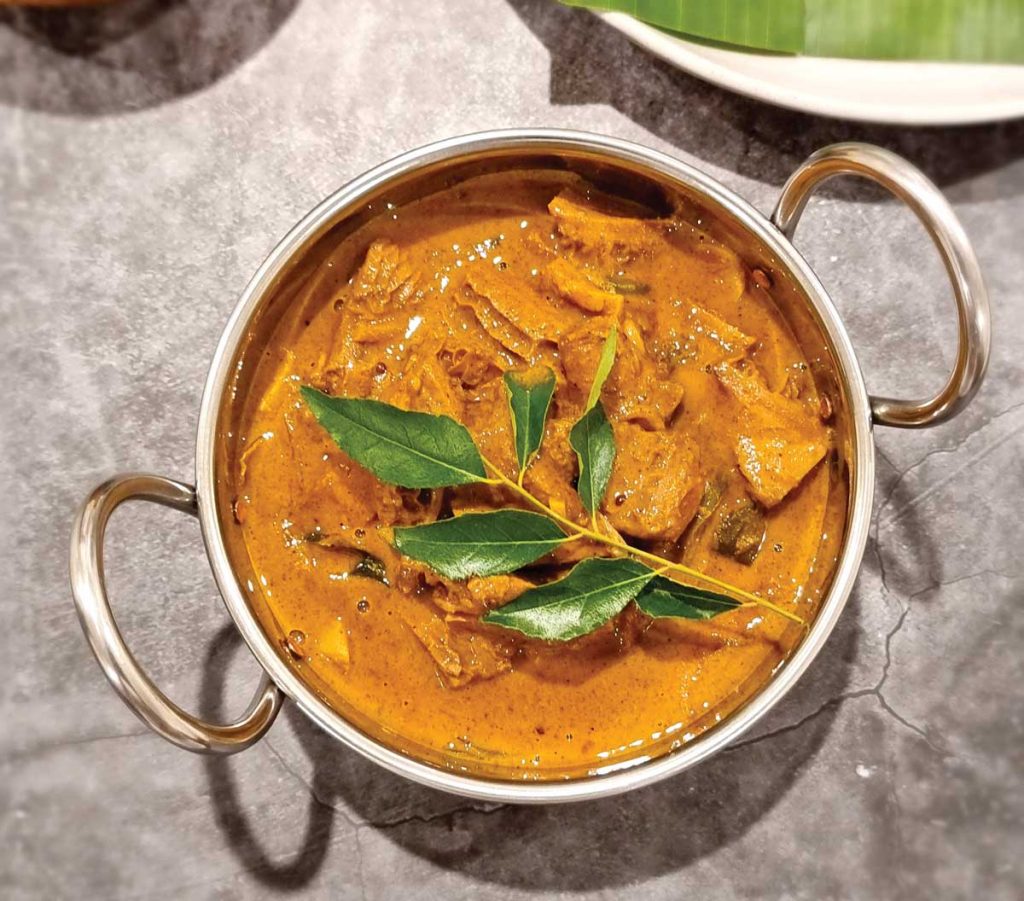Unique Flavours
Dee Williams revives disappearing dishes
The Malay community has been a part of Sri Lankan society for many centuries – yet, their cuisine isn’t celebrated or acknowledged despite the unique flavours they are known for. Take a look at some of the posts on social media platforms such as Facebook or Instagram that showcase Sri Lankan cuisine and you will rarely see a Sri Lankan-Malay dish.
As for history, the Malays began arriving here in the 13th century – long before the Dutch. Culinary specialist Ruzaina Hadgie of The Minority Taste explains: “Malay cuisine emerged as early as the 1200s in the time of King Chandrabhanu Sri Dharmaraja who reigned in northern Sri Lanka during in the 1200s – so Malay food was already culturally integrated with Sri Lankan cuisine even before Dutch rule.”
“It’s also one of the reasons you will come across Tamil names for Malay food. For example, sirikaya is popularly known as watalappam in Tamil,” she reveals.
Ruzaina elaborates: “However, the dominant influence of this cuisine came about after the influx of Malays in the 17th and 18th centuries due to Dutch rule in Sri Lanka. The flavours and even textures of Sri Lankan-Malay cuisine are different and distinctive – unlike any other dishes you will find in Malaysia or Indonesia. That’s why it’s unique to Sri Lanka.”
Some Malay dishes are far more popular than others. My favourite is baabath curry. I still remember the flavoursome version of this delicacy that we enjoyed as children while growing up in Sri Lanka. My mother usually prepared it as an accompaniment to idli, chutney and sambar.
So what makes this Malay dish particularly delicious?
Hadgie says: “The main component in a good baabath curry is the curry powder made specifically for this purpose.” Though the dish is prepared like a Sri Lankan beef curry, the curry powder is specially made for the baabath curry – that’s what makes it delicious and gives it that unique aroma.
The other main ingredients include pandan leaves (the thin and sharp variety) and lemongrass, which is a must.
Of course, procuring a plump and fresh piece of baabath is also very important. It’s not really a traditional Sri Lankan-Malay baabath curry if intestines aren’t added.
Unfortunately, there are many dishes that most Sri Lankans aren’t aware of and these are unique to the island. Some of these Malay influenced dishes include beef and fish satay, which is made in a clay pot and burned in charcoal. The glutenous dessert called sinnakku is very similar to dodol.

Daging goreng translates into fried beef. But when the Malays prepare it, the beef has a very flaky texture that’s infused with flavours. Thumis nasi is a rice dish made with leftover rice, Maldive fish, curry leaves and chilli flakes.
Nasi kebuli, which translates into yellow rice, is cooked in stock and coconut milk with very specific elements such as khaliya curry.
And Khaliya curry is a combination of fried eggplant and ash plantain, with chicken liver and gizzard.
Not only have Sri Lankan-Malay dishes gradually disappeared from local cuisine over the years but countless others will also continue to vanish as popular Western dishes begin to enter the island’s food culture.
However, the recipes on social media platforms provide the best chance for once popular Sri Lankan dishes to be resurrected and appreciated once again.
After all, the diverse influence of different cultures is what makes Sri Lankan food so special!


